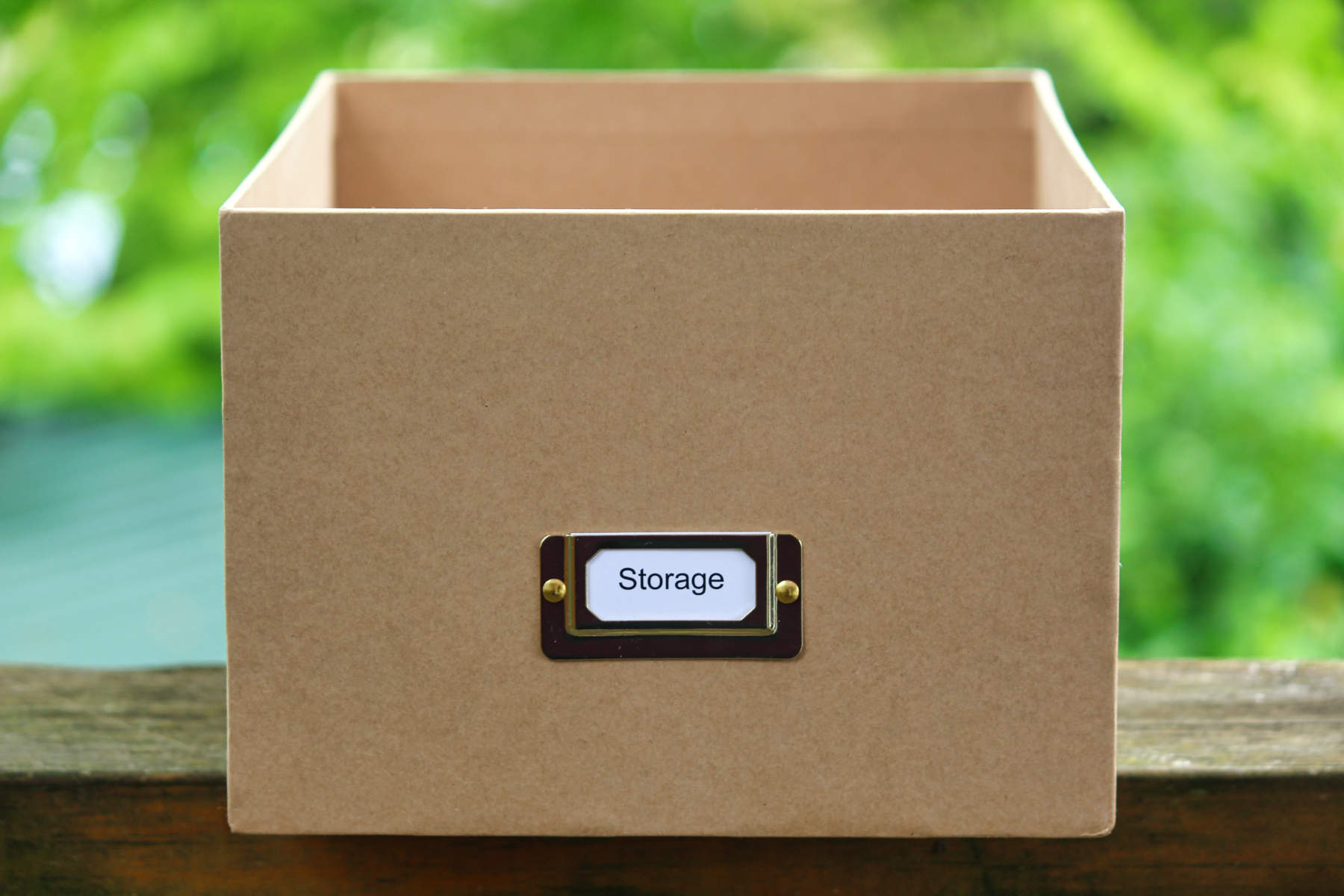Whether you are a career tradesperson or a hobbyist DIYer, you will understand the importance of having an effective workspace. Carpenters, haberdashers, electrical engineers – all need a viable bench on which to ply their trade or work on projects.
But you will also understand the difficulties that can arise from managing such a space. Cluttered spaces are the enemy of productivity, but managing your tools and materials is something of an ongoing struggle. Here are some smart ways in which you can use your workbench space to create room for your next projects.
Under-Bench Tool Storage
Tool storage is naturally one of the first hurdles you will need to clear when it comes to organising your workbench. ConveFnience is key, but keeping all tools within arms reach can prove problematic – especially with regard to smaller workbenches or isolated working areas. Keeping all tools on your bench is not practical when you need the space for a larger build or repair.
Rather than storing your tools away in another area altogether, you could use toolboxes to populate the area under your workbench with accessible tool storage. This way your bench remains clear of unneeded tools, and you can access the things you need at a moment’s notice.
Easy-Access Racking
Of course, there are some tools and equipment that you will find yourself using regularly throughout a given day or project. Electrical engineers will make frequent use of screwdrivers in dismantling devices, while carpenters might need constant and unfettered access to their sets of files and chisels.
Rather than continually digging out and packing away your most-used items, you could instead construct easy-access racks and holsters for your most-used tools. A small plank of wood with a row of drilled holes could hold your screwdrivers, and mount on the lip of your desk, or a holster could be fashioned for your electric drill or soldering iron. Such items would be simple to fashion with scrap materials, and make your workflow much smoother.
Pegboard Wall
To take your accessible storage a step further, you could spring for – or even build your own – pegboard wall to mount behind your workbench. Where previously you may have had no room for storage trays and tool racks, pegboard gives you a modular solution you can customise to your own workflow.
Materials storage, such as component cabinets and trays, are often designed with keyhole mounts on the back, for mounting on wall-screws or nails. In concert with a pegboard, you can create wall-mounted smaller storage solutions on a semi-permanent basis for ease of access, as well as hang larger tools in common use like saws.
Space to Work
Since space is at a premium on any workbench, it would also be wise to address ways in which you can extend the space available to you. Over the course of a project, and despite your best intentions, your workspace may still become cluttered or unfit for your next task.
You could create more room for yourself by installing a slide-out portion under your workbench. Even a thin sheet of wood could give you enough additional surface area to host tools in use, and free up vital workbench space to re-orient your current project.







